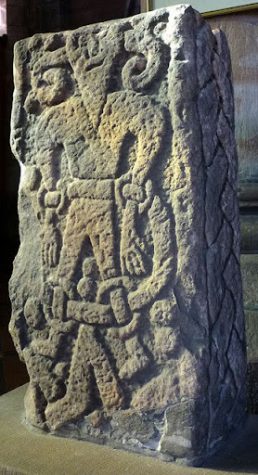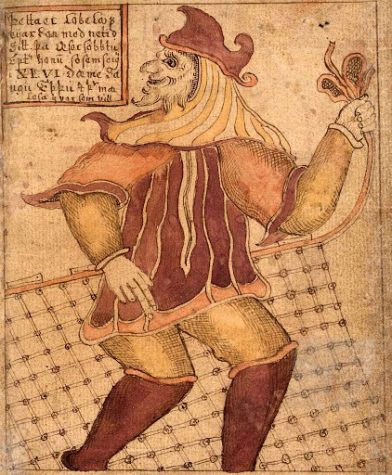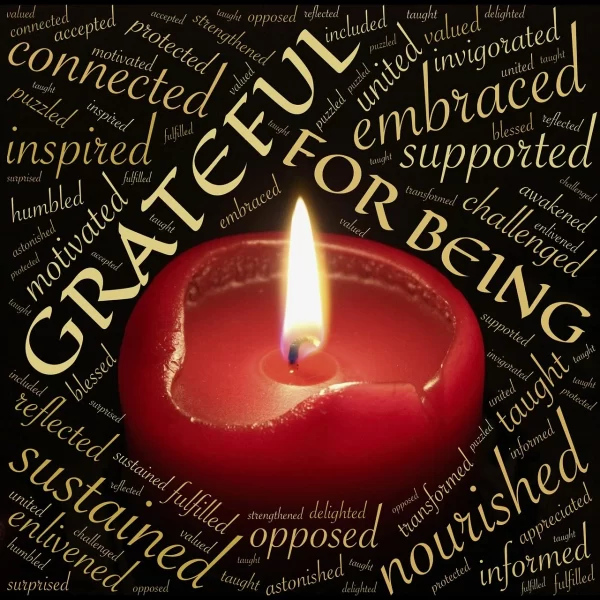Centuries of Loki
Norse mythology is one of the most well-known pantheons in the modern age. Characters such as Thor and Odin have risen higher in the shared knowledge with their roles in the “Marvel Cinematic Universe.” However, the most popular of these characters have changed drastically throughout the years in the public. While the characterization of any Norse god is hard to follow with few primary sources, Loki has one of the most drastic by far. Every myth changes the longer they exist, and it gets passed down through the generations. Small changes when each storyteller adds or removes little things, either from forgetting or it just sounds better to them. However, one of the most significant changes, and most interesting to track, is undoubtedly the trickster god himself, Loki.
Loki has evolved drastically throughout the centuries. With no solid past to draw on, much of the character is up to each reader and writer. The trickster god is constantly flipping back and forth between different characterizations; everything about it is hard to follow. It almost seems fitting for a shape-shifting trickster god like Loki.
The Speculative Past

While the Scandinavians of the Viking era had a writing system, they wrote down next to nothing on their mythology. Instead, all primary sources for Norse mythology are carvings and pictures, art pieces that vaguely show the stories that have become quite well known. The lack of written resources makes any analysis of mythology challenging—many theories about the different stories and gods’ roles in society at the time. Unfortunately, most of these theories rely on perceptions from other cultures.
Our sources are so vague and obscure that we wonder if Loki is the trickster god’s actual name. The name may be a title or an epithet. The existence of Utgard Loki is what brings the name into question. The illusionist Jotunn that presents many challenges for Thor and his party shares the same name as the trickster god. Therefore, some believe that Loki may be a title. The similarities between the two are uncanny. They both are tricksters that use illusions to advance their wants. Many use these reasons to say that Loki could mean “Trickster” or “Illusionist.”
Others believe that the similarities to Logi’s might mean a connection between Loki and fire spirits. Some have gone as far as claiming they are the same person. However, this is unlikely as Loki and Logi have interacted and competed against each other. While Loki may have had some fire elements, they are not the same as the fire spirits.
The connection with fire may be with the hearth. There is evidence of Norse families throwing their children’s teeth into a fireplace, calling upon Loki. While there is no evidence of why this was a practice, assumptions are easy to make. With the sacrifice of something biological and the invocation of Loki, the trickster god could be a Hearth god. Throwing the child’s baby teeth may be asking Loki to protect them. This characterization is the most considerable divergence from the modern take on Loki, as it makes them more than just a trickster.
The lack of writing by the Scandinavians in the area makes it extremely difficult to get any solid ideas as to what Loki was. As a result, their cultural significance and function are a complete enigma. As a result, almost all of the ideas of Loki that historians entertain are purely theories that seem as if they will never be proven right or wrong. While carvings may shed some light, the original purpose for Loki may never be known.
Writings of a Christian

While the Norsemen may not have written any of their mythology, the Christians that later settled in the area did. The closest things to a written primary source are these writings, the most popular being the “Prose Edda.” Written in Iceland in the 13th century, the “Prose Edda” is assumed to be written mainly through Snorri Sturluson. The manuscript is our best look into what the mythology could have been. Unfortunately, the work is not to read without the possible bias the narrator may have carried in mind. Sturluson wrote “Prose Edda” when Christianity settled in the area, and much of the cultural identities were conflicting. The “Prose Edda” purpose was to preserve the previous cultural identity while integrating Christianity. Much of the mythology gains a feeling of coming from a long-past era by its writing. Some readers could even say that Ragnarok has already come to pass.
The writing of Loki in the “Prose Edda” is in stark contrast to the modern view. Loki has many different roles in the story. One of the most obvious is The Mother Of Monsters. Loki is a shapeshifter, often rapidly switching between male and female. Often, when the trickster god is female, they get pregnant. The most well-known example is when Loki shapeshifts into a mare to distract the horse of the giant building a wall for the Aesir. Loki successfully leads the horse away. However, when the trickster god comes back, they are pregnant. Later Loki gives birth to an eight-legged horse named Sleipnir. Loki is also the father of Hel, Fenrir, and Jormungandr. Hel has a divide in her body, where one half of her is a beautiful lady and the other half is a rotting corpse. Fenrir is a giant wolf that the Aesir chain up as they see the wolf as a threat. Jormungandr is the word serpent. He wraps around the entirety of Earth and bites his tail; once he releases it, Ragnorok will begin. There is even a story where Loki eats a witch’s heart and gives birth to all the world’s evils. An overlooked role of Loki is quite essential to the mythology.
The most prominent role of Loki is as the bringer of Ragnarok. After being tied to a rock as the poison slowly drips onto his face as punishment for killing Balder, the trickster god becomes determined to break free and cause the end of the gods. By the end of Ragnarok, there are only two humans left, and in some interpretations, one god. If the reader considers that a Christian writes the “Prose Edda,” Ragnarok can be seen as a Christian Salvation for the Norse, taking out the old pantheon of gods and making there only one true god afterward. This specific interpretation makes Loki the bringer of salvation. This interpretation makes it seem like Sturluson was making Loki a Christ figure. While this possible role of Loki is just an assumption, Sturluson was trying to mix the previous Norse culture with the current Christian one. Ragnarok had already happened to bring the Christian God to the Norsemen is a smooth transition for the two cultures. If Sturluson were intentionally creating Loki as a Christ figure, then this would have been the most important of the roles given to the trickster god.
Inconsistent Writings of Today

The modern construction of Loki seems to be highly different from the previous interpretations of the trickster god. Many people think of the young, suave, and arrogant villain named Loki. However, a large majority of that characterization comes from the Marvel character. While this version of the trickster god is not the only one, it is the most well-known. Therefore, the transition between the speculation of the “Prose Edda” and modern characters might be one of the easiest to understand. While it may not be the most straight line to follow, as it loops back on itself several times, it is the path with the least amount of holes in the trickster god’s history.
One of the descriptors of Loki is The Father of Lies. This title is one many locked on to as it is a title shared with a prominent figure in Christianity. The Devil is often also referred to as The Father of Lies. Sharing a name caused Loki to become closely associated with the Devil himself. This association is why Loki became a villain in the public eye. The world created an association between the two that permanently changed the perception of the trickster god—changing the picture of Loki to be a villain.
The significant change had a prominent issue in the mythology; the other gods were immoral people, sometimes even worse. This discrepancy was an issue in many stories that tried to have Loki be a character. However, having a villain be just as moral as the heroes, if not more so, proved difficult. So the first solution would be to make Loki the hero. Unfortunately, the current character traits of Loki did not lend well to that of a traditional hero. This disconnect caused a significant back and forth making it challenging to write Loki. It was a constant tug of war between making Loki a hero or a villain.
Some stories found a balance, most popular being in the Marvel stories. Possibly one of the most famous iterations, Marvel seems to have found a perfect balance. Starting as a villain, Loki is charismatic and cunning. The trickster god seems similar to the mythological counterpart within the comics, if not much crueler. The cinematic aspect is much different, however. The movies add more of the slimy coward side and make Loki much more sympathetic. Constantly switching on if he is opposing or helping the heroes, the trickster god is unpredictable. Straddling the line of hero and villain, Loki in the Marvel movie is the perfect of both sides of the perceived character. This perfect balance may be why the Marvel character has become the most famous iteration of Loki.









